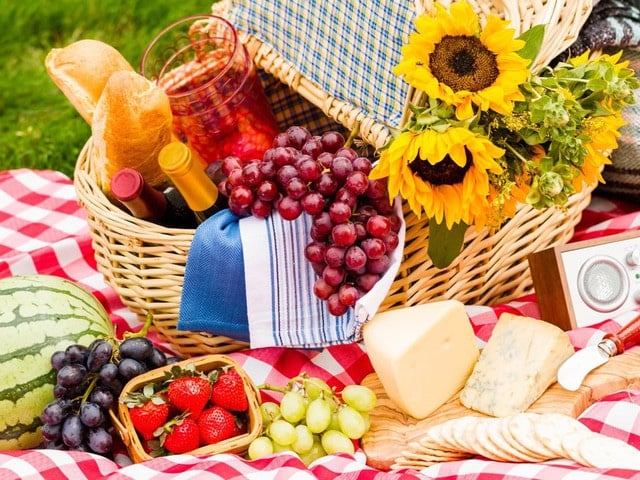
Labor Day marks the end of summer. What better way to celebrate than with a picnic? Unless you’re fortunate enough to live in a place that boasts pleasant weather all year round, a picnic offers the perfect opportunity to bask in the warm sunshine while feasting on simple, seasonal foods like fresh berries and corn on the cob. A picnic can be casual or extravagant, at the park or under a tree in your own backyard. Just where exactly did this fun outdoor eating ritual originate?
Picnics, derived from the 17th century French pique-nique which translates to “pick” and “trifle” respectively, got their start long before we were spreading out plaid blankets and unpacking baskets in our favorite park. Originally, pique-nique was used to describe a meal in which folks were invited to pay for their own share of food, similar to a potluck. In the early 1700’s, French artist Nicolas Lancret began displaying artwork that featured well-dressed men and women dining outside. It appears that there has always been something a bit romantic about the idea of a picnic.
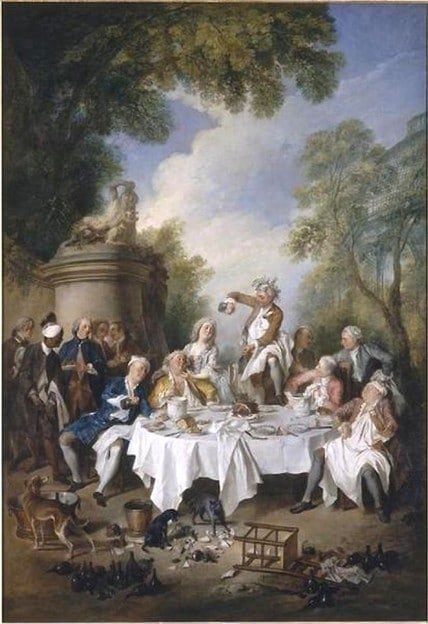
Déjeuner de Jambon, 1735 by artist Nicolas Lancret. Source: Wikimedia Commons
The Oxford English Dictionary defines the word picnic this way: “Originally, a fashionable social entertainment in which each person present contributed a share of the provisions; now, a pleasure party including an excursion to some spot in the country where all partake of a repast out of doors: the participants may bring with them individually the viands and means of entertainment, or the whole may be provided by someone who ‘gives the picnic.'” The word first appeared in English during the 18th century.
In Britain, picnics got their start as 14th century hunting feasts. Before the sporting festivities began, an outdoor meal was traditionally served. At the time, the social habits of the British were much like those in France, so it is likely that similar baked meats and pastries were made. When the hunters returned with their catches in tow, they were prepared and eaten during a second picnic-like feast.
Over time, picnics evolved into something slightly less formal. Easily transportable foods, like sandwiches, hard-boiled eggs and fruit were favored over fussy baked items. These make-ahead food items are what differentiate picnics from cookouts.
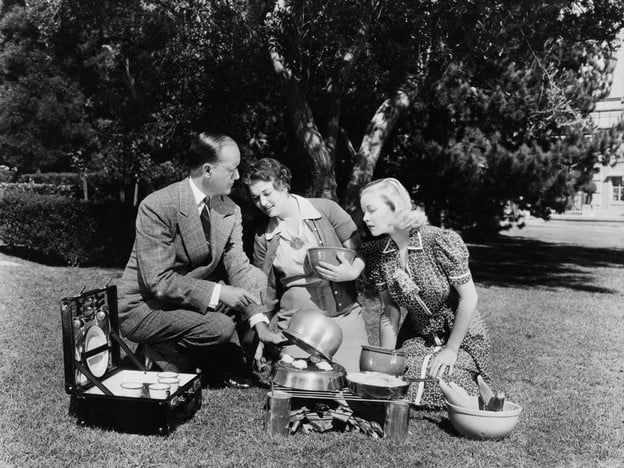
The American author and essayist Washington Irving is credited as the first American to mention the word “picnic” in 1807; however, his use was in a very different context. In Salmagundi he satirically describes “picnic silk stockings” as lace stockings, which were fashionable at the time, giving the impression of nude legs.
The history of picnics can be traced through popular literature over the years. Charles Dickens’ The Mystery of Evan Drood, Jane Austen’s Emma and Louisa May Alcott’s Little Women each make mention of picnicking. In 1872, the Evening Post singled out the picnic as a way to lift the spirits of the working class children living in the lower wards. A series of picnics sponsored by the New York Times, called “The Children’s Excursion,” gave these children an opportunity to travel by ferry to places beyond the city’s limits, like Governor’s Island and Rockaway Beach. Picnic favorites like sandwiches, cake and lemonade were served.
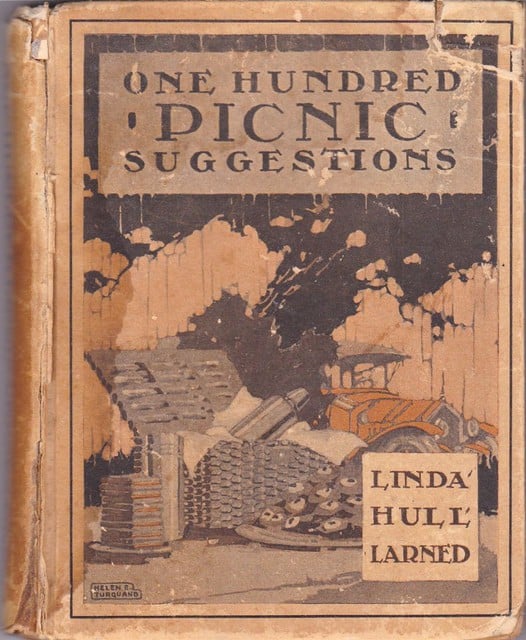
In 1915, American cookbook author Linda Hull Larned published a quaint little cookbook called One Hundred Picnic Suggestions. It’s a fun peek into the types of picnic recipes that people of the late Edwardian era were eating. Some of the recipes sound strange or downright unappetizing to the modern cook– Cottage Cheese and Peanut Sandwiches, Eggs in Aspic Jelly, and Ham Mousse to name a few. I did manage to find a simple recipe for Blueberry Cake that seemed appetizing. I decided to give it a try for our own family Labor Day picnic.
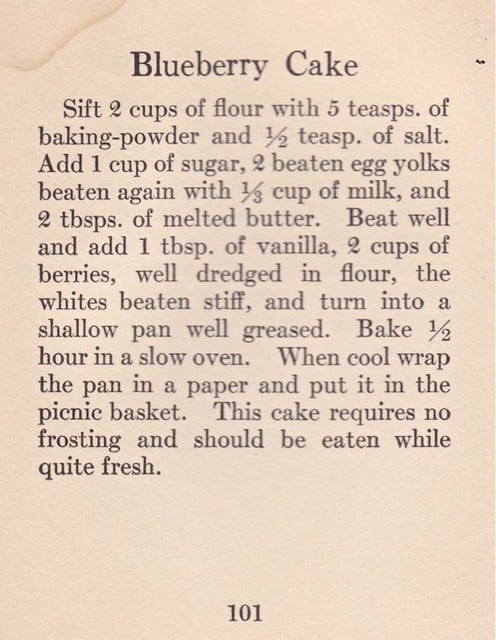
This cake was made in a shallow cake pan, round or square. I chose to use a 10-inch loaf pan instead so the cake would be easily wrapped in wax paper and transported for our Labor Day picnic. Or, you can choose to do as the original recipe says and bake in a shallow cake pan, then bring it to the picnic with the pan you baked it in (baking times may vary based on the width and depth of your pan). The cake has a thick batter and a toothsome crust similar to Emily Dickinson’s Coconut Cake— crusty on the outside, tender inside. It’s mildly sugary; most Victorian/Edwardian cake recipes are not terribly sweet. I prefer them that way!
Recommended Products:
We are a participant in the Amazon Services LLC Associates Program, an affiliate advertising program designed to provide a means for us to earn fees by linking to Amazon.com and affiliated sites. As an Amazon Associate I earn from qualifying purchases.
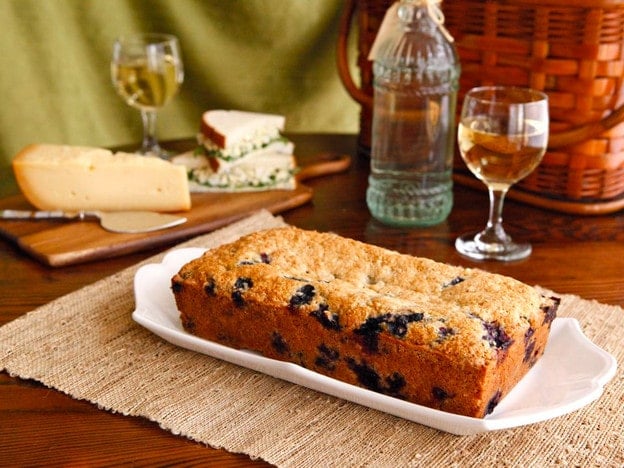
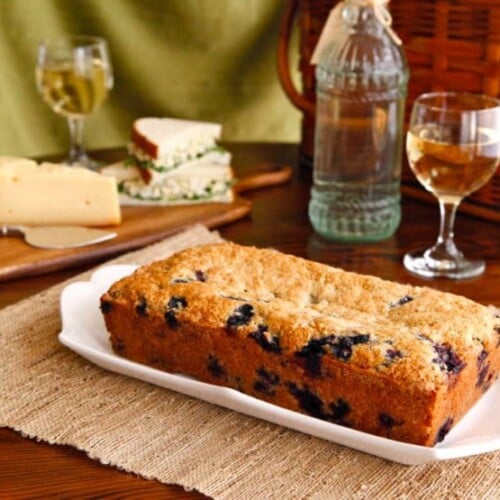
Blueberry Cake
Ingredients
- 2 cups all purpose flour (plus more for dredging blueberries)
- 5 teaspoons baking powder
- 1/2 teaspoon salt
- 1 cup sugar
- 2 large eggs, separated
- 1/3 cup milk
- 2 tablespoons butter, melted
- 1 tablespoon vanilla
- 2 cups blueberries
NOTES
Instructions
- Preheat oven to 325 degrees. With an electric mixer, beat together egg yolks and milk. Set aside.

- Dredge your blueberries with enough flour to thinly coat. This helps the berries distribute more evenly in the batter, rather than sinking to the bottom. Set aside.

- In a large mixing bowl, sift together flour, baking powder and salt.

- To the sifted dry mixture, add sugar, beaten yolk and milk mixture and melted butter. Beat well.

- In a separate bowl, beat the egg whites until stiff.

- Add egg whites and dredged blueberries to the flour mixture. Stir with a spatula or wooden spoon to combine. The batter will look somewhat dry, like dough, but it will rise and become cake-like in the oven.

- Turn mixture into a well greased cake or loaf pan and spread evenly.

- Bake for about 45 minutes, or until a skewer inserted into the center comes out clean. Your cooking time may vary based on the width and depth of your cake pan. Let the cake cool in the pan (if you plan to transport it with the cake pan), or let it cool 15 minutes in pan then transfer to a wire rack to complete cooling. Slice and serve.

Nutrition

tried this recipe?
Let us know in the comments!
Research Sources:
Claiborne, Craig. “Stylish Picnics; Afternoon in the Country.” The New York Times. The New York Times Company, 4 May 1986. Web. 23 Aug. 2013.
Davidson, Alan (2006). The Oxford Companion to Food. Oxford University Press, UK.
Irving, Washington (1871). Salmagundi. J. B. Lippincott & Company, Philadelphia, Pennsylvania.
Larned, Linda Hull. One Hundred Picnic Suggestions. Charles Scribner’s Sons, New York, NY.
Smith, Andrew F. (2007). The Oxford Companion to American Food and Drink. Oxford University Press, New York, New York.
“The Children’s Excursion.” The Evening Mail. The New York Times Company, 11 July 1872. Web. 23 Aug. 2013.

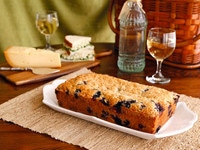
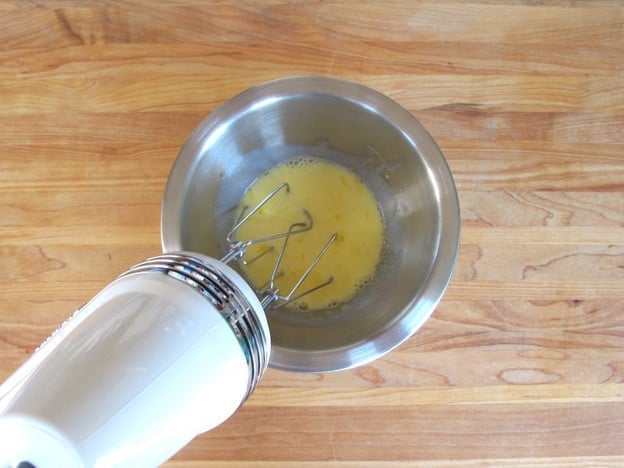
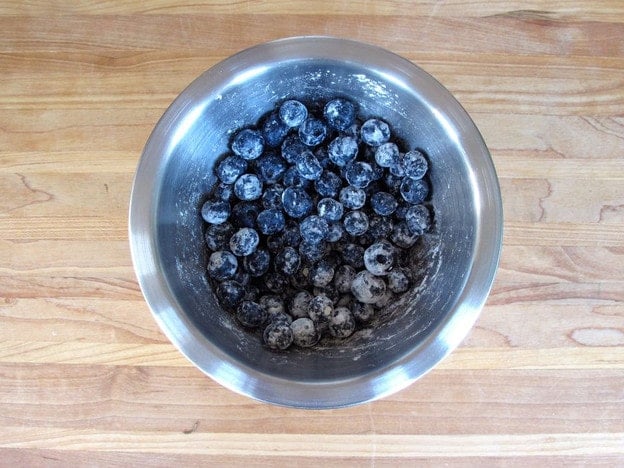
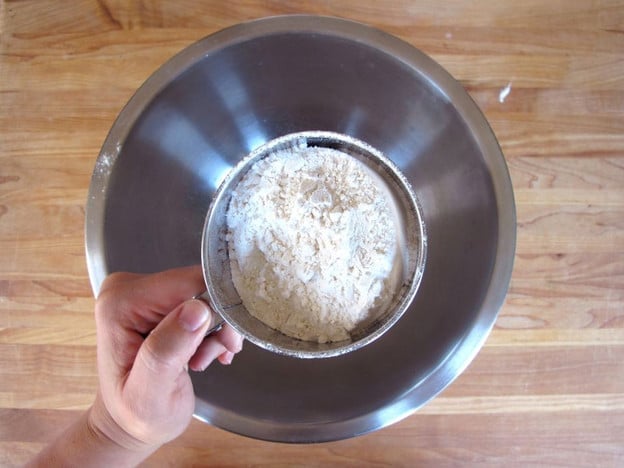
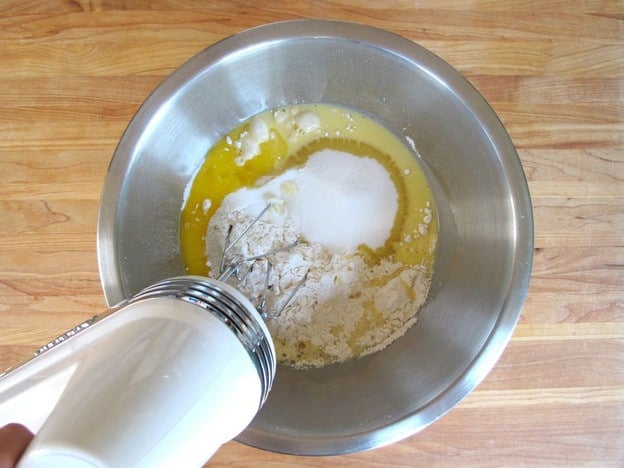

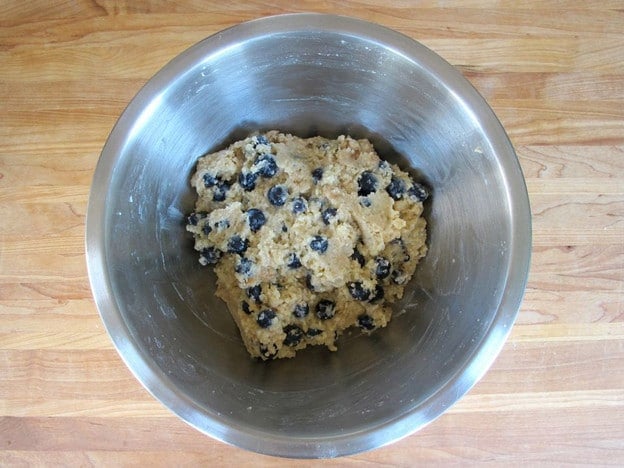
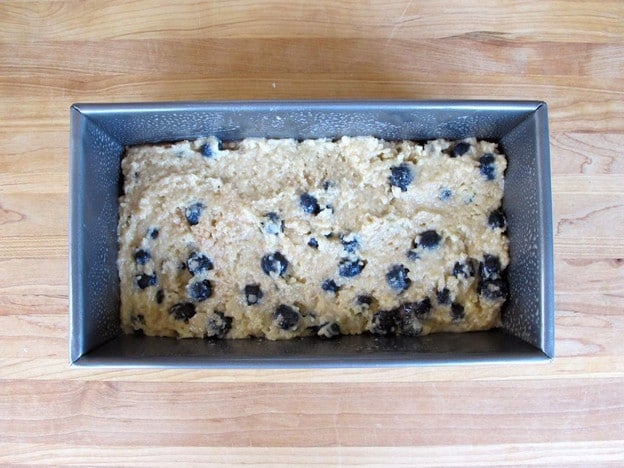
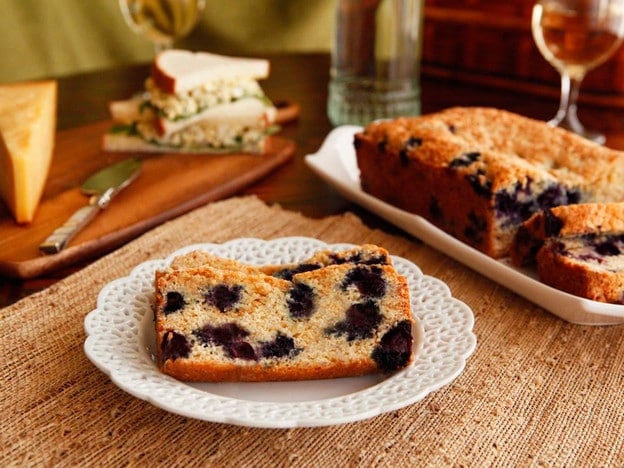


Does this cake do well with an icing or is it just great as is?
Icing would be nice. It’s great either way!
She provides such clear directions, u would not be afraid to make this bread!
Tori, can I use frozen blueberries for this recipe?
Hi Emily– sure! Keep them frozen, toss them with flour, and integrate into the batter. Enjoy!
Love this! Shared to my page
I love blueberries ! Thank you for sharing this
That looks yum.
Just in case no one has reminded you recently…..YOU RULE! I tune in/ subscribe and everything I´ve tried has been amazing 🙂 Thank you for being awesome! <3
Mmmmm. My recipe from my grandmother, which I now drizzle with lemon icing while still hot in the pan. Cool. Then turn out.
I love picnic
Looks fantastic. Looks like it has orange zest.
No orange zest Ann, just a nice golden crust. You could certainly add some orange zest if you like, and maybe even a splash of orange blossom water. That would be lovely, I think. 🙂
Love blue berries!!!
Thank you for sharing this… I´ve just defrosted a lot of blueberries so I hope this works without them sinking (as they are quite wet). It looks so yummy!
Mmmm Thank you Tori for sharing your recipe! Looks great!
Now this is Blueberry!
Gorgeous!
This is great! Most of my recipes for baked goods are from the 1940´s or before. So nice to see one, here, with ingredients everyone has around the house. I get awfully tired of recipes that call for the equivalent of silver unicorn horn powder and midnight fairy dust–i.e. expensive specialties I´ll never use again.
LOL Bonnie! I’ll have to remember that next time I develop a recipe. Absolutely no silver unicorn horn powder shall be used! 🙂
Wonderful site thank you so very much. Be blessed and happy.
cool! I love old recipes and the stories behind them!
yummy
I just made the okra and tomato soup from several days ago and it hit the spot. Loved it – thanks for all the great recipes and articles.
Happy you liked it Melissa! 🙂